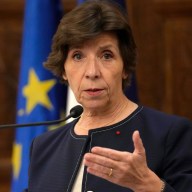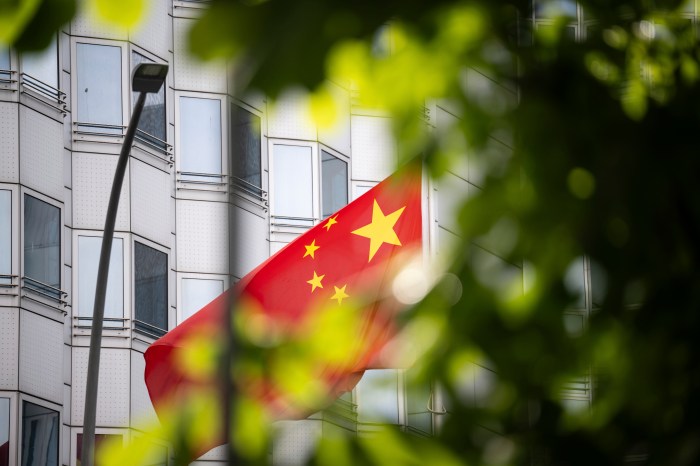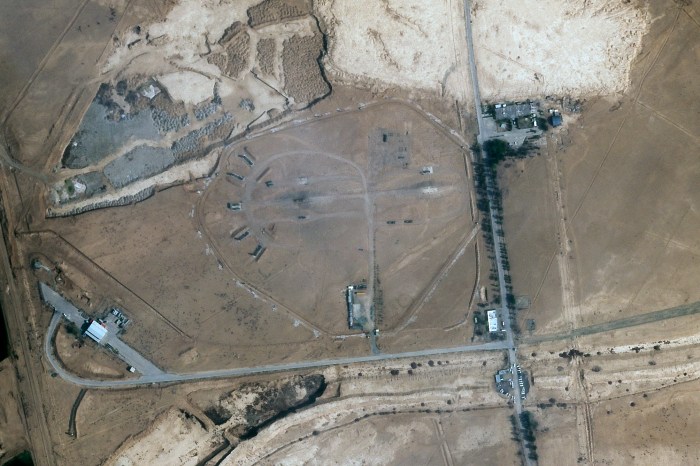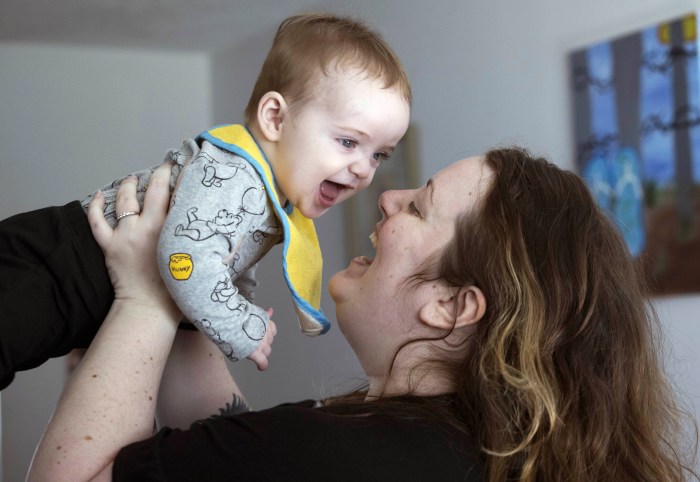USA Hockey wants to reduce fighting and violence in the game and has the backing of its counterpart north of the border.
Hockey Canada intends to share the results of a two-year Canadian Junior Hockey League study nearing completion with the American organization.
Five Junior A men’s hockey leagues in Canada were part of a pilot project intended to address blows to the head, dangerous hits, accumulated major penalties, instigators and unnecessary fighting.
A report on the data from the study is expected to be ready for Hockey Canada’s meetings in May and the organization intends to pass the report onto USA Hockey.
“We want to share that with them,” Hockey Canada president Bob Nicholson said Friday while en route to Ottawa. “I think USA Hockey and Hockey Canada are on the same page. We would like to reduce fighting.”
USA Hockey assistant executive director Jim Johannson stopped short of saying his organization wants an outright ban on fighting. But he said he would like to eliminate “staged fights” in which players come off the bench intending to fight one another, or decide to do so before the puck is dropped for a faceoff.
“The ultimate goal, is it to eliminate fighting completely? I don’t know if that’s too strong a statement right now,” Johannson said from Colorado Springs, Colo.
“I would go as strong as to say the elimination of staged fights and fights that aren’t part of the game. If kids are going to stand across from each other and take their helmets off, that’s different than the guy who runs into the goalie and hits him and a fight breaks out.”
Player safety and development were at the top of USA Hockey’s agenda during its winter meetings last weekend in Florida.
“People have to understand we’re talking about kids under the age of 20 playing hockey,” Johannson said. “This is not professional hockey. They’re kids under 20 growing and developing in the game.
“Whether we’re talking about fighting or hitting, I think our sport needs to examine what levels we’re legally allowing.”
Representatives from USA Hockey, Hockey Canada, the Canadian Hockey League, the CJHL and U.S. junior hockey all met during the recent world junior hockey championship in Alberta.
“We talked about the issue of fighting,” CJHL chairman Kirk Lamb said. “We think it makes sense to explore it together rather than separately. If fighting is an issue, if it leads to player safety issues then it is an issue for everybody and not just one league.”
The B.C., Alberta, Saskatchewan, Manitoba and Maritime junior hockey leagues were part of the pilot project, while the Ontario Junior Hockey League provided the control group.
It included the tracking of repeat offenders, increased suspensions to both players and coaches and financial penalties.
A player was ejected after his first fight in the OJHL and after his second in the study leagues, with the exception of a staged fight or a fight after the whistle. The pilot-project player was ejected after one fight in the latter two instances.
The CJHL study aimed to determine whether fighting was reduced by ejecting a player after his first fight, but also the effect on other violent behaviour.
“My whole concern is, if you ban fighting and it creates a vacuum, is that vacuum going to be filled by some other type of violence because you haven’t addressed the (other) issues?” Lamb said. “If I’m a player who gets in fights, because maybe I’m not good enough to be on the team otherwise, if I’m not allowed to fight does that mean I go out and elbow guys or cross-check them? If that’s the case, we’ve traded one type of violence for the other.
“Before we go and make a drastic change to the junior elite level game, let’s just understand what the consequences could be.”
After the first year of the project, the CJHL said staged fights and multiple-fight situations were “all but eliminated” in the group that was allowed two fights before a misconduct, and also that the number of players participating in six or more fights throughout the season dropped.
“We’re collecting data over something like 2,500 games over two years, so 5,000 games, which is pretty statistically significant,” Lamb said. “Is this not a good information piece to inform the discussion?”


















